Bengal Village Has Ancient Treasures in Every Corner: Meet The Man Preserving Them
Dr Biswajit Roy, Assistant Professor at Pijush Kanti Mukherjee Mahavidyalaya, West Bengal, with the help of villagers, has preserved ancient historical relics in the Debagram Museum in the village.
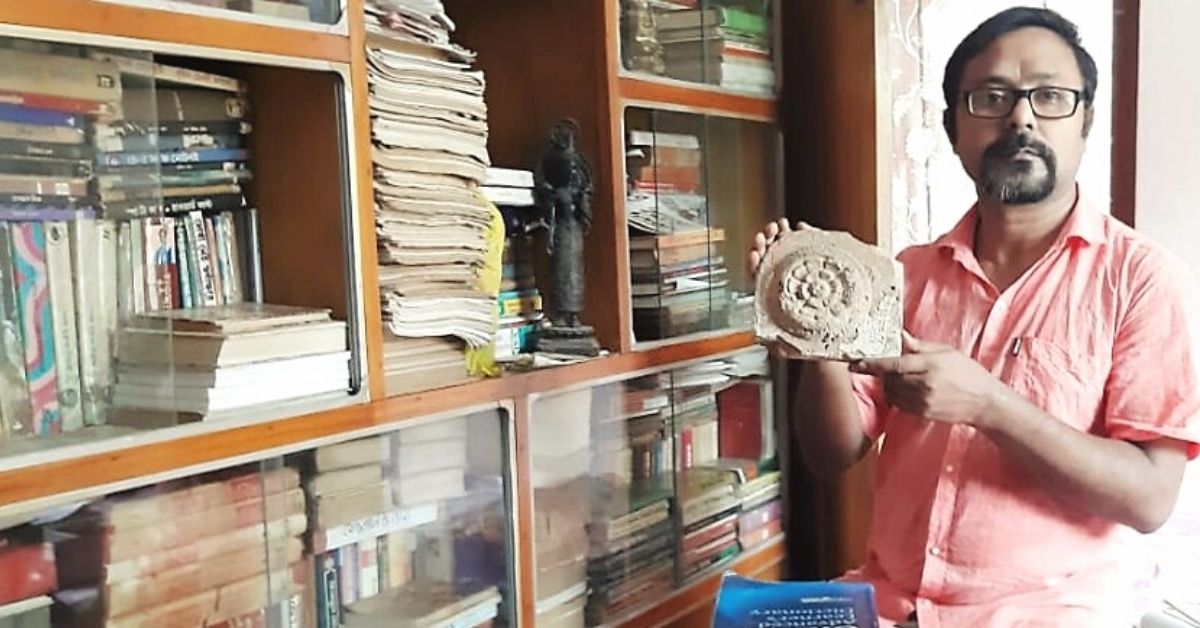
Around a decade ago, while doing his research in Nadia District on ‘Paleochannel Analysis’, a study about finding the rivers that existed nearly 2,000 years ago or more, a geography professor discovered historical traces of civilisation and trading that existed in India dating back to the 3rd century BCE.
Dr Biswajit Roy found numerous precious pieces of terracotta architectural residuals, relics of clay potteries, earthen lamps, bricks, beads, stone idols, metal idols, flower vase, ivory pendants, tiger teeth, broken utensils and indigenous amphora scattered all over the pockets of Debagram and Anulia Gram Panchayat areas, which is about 145-km away from Kolkata. Each new finding of amphora and its fragments bred his folkloric interest.
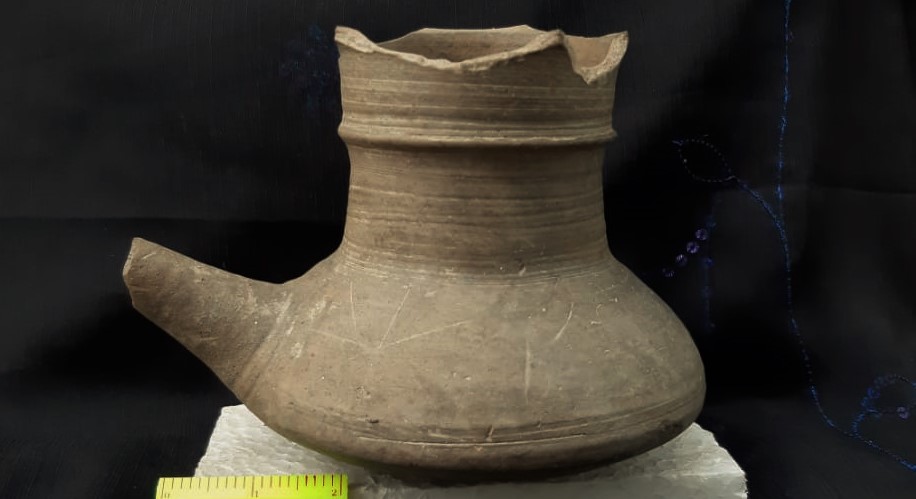
“These finest qualities of earthen jars made of alluvium soil with an oily layer coated inside were used for storing exquisite wine and oil. It might have been shipped to Rome and Greece from Bengal through the Mediterranean Sea using the Gangetic belt and its tributaries route,” informs Dr Roy, an Assistant Professor at Pijush Kanti Mukherjee Mahavidyalaya in Alipurduar district.
The 38-year-old tells The Better India, “We didn’t find any trace of indigenous amphora earlier in Bengal, except in the Nadia region and at Chandraketugarh in North 24-Pargana District. It dates back to the Maurya period (321-185 BCE), which is an evidence of culture and commerce. Unfortunately, it has not been documented. This is the first time that we are getting this authentic data covering the Debalgarh zone.”
Spreading across a 4-sq-km area, this region, including the nearby forest, has a huge quantity of treasures buried right beneath the surface. “The site has enough potential for excavation and it needs proper exploration,” admits Dr Shubha Majumder, Superintending Archeologist Kolkata Circle.

Dr Majumder says, “I haven’t seen these amphoras but they were found in the coastal part of Bengal. There is some evidence of amphora at hinterland sites but these are imitation types of amphora. We need to analyse whether they had originated in Bengal or they arrived from outside. The analysis of its texture and content is essential to establish the objects.”
He adds, “If they had arrived from the West, then we may ascertain it as an amphora or else we can say it is an imitation variety. In ancient times, the trade network was through the rivers, as River Churni was the main waterway. People might have used it for trading and other purposes.”
Notably, when Dr Roy first visited this area in 2012, he noticed several rivers and canals were dead. The villagers were unable to state its disappearance or the route it flowed. Few pieces of old boats were visible in some areas, which indicated the existence of ancient river routes but no one was aware of. “This comes under the ‘Geo-archeology’ subject, which is less-talked about here unlike in the West,” informs Dr Roy.
While digging up soil for construction work or burrowing the ponds, the villagers stumbled upon numerous materials hidden below. Some antiquities also surfaced after the heavy rain washed away the mound of soil.
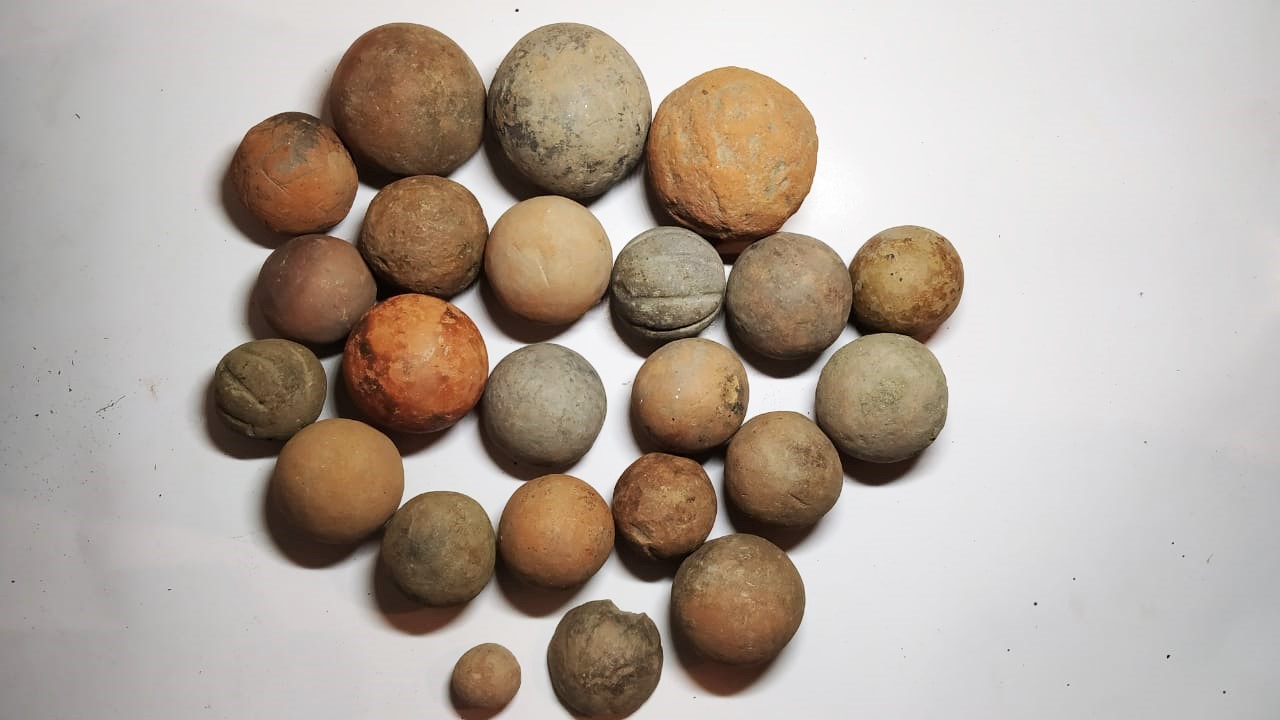
According to him, civilisation and culture cannot be conserved without the support of local residents. So, he decided to raise awareness among the villagers and began visiting villages with few local students. He met various age-groups of people, interacted with them over a cup of tea and convinced them that wherever any person chances on such ancient artifacts they shouldn’t ignore them. “These are your heritage. Preserve it. It speaks volumes about the rich history of Nadia,” he says.
The initiative of preserving these historical relics took shape when the villagers joined an awareness campaign and made the other villagers see the importance of these vintage objects. The mass movement eventually facilitated them to come up with an idea of making a ‘village museum’.
The Debagram Museum was established by a group called Debagram Debalraja Puratattwa O Loksanskriti Sangha on the Rath Yatra Day in June 2017.
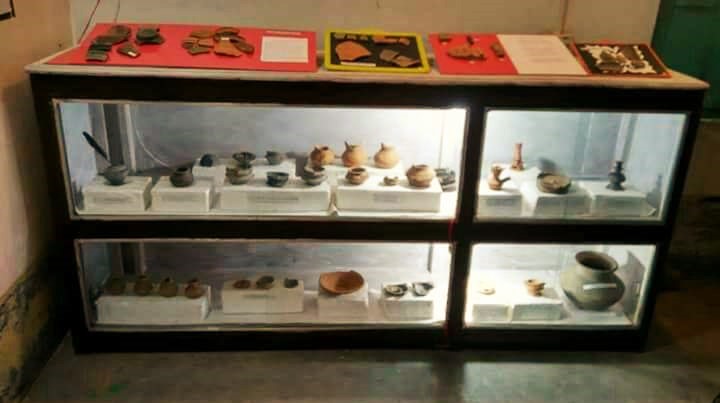
The museum was inaugurated with 20 items, and today, it has over 1,000 exclusive articles, including indigenous amphora from Mauryan Period (321-185 BCE), earthen pots from Kushan Period (30-375 AD), colourful beads from Gupta Period (3rd century – 543 CE), seals from early Pala Period (8-12 century) and silver coins from Sultanate Period (1206-1526 AD).
“This wouldn’t have been possible had Chitta Ranjan Biswas not offered a room on the ground floor,” says Dr Roy.
Retired from postal service in 2014, Biswas, a local resident turned to archaeology after having met Dr Roy in 2015. It was Biswas, who came forward to offer one of his 10×10 rooms for the cause while the discussion was ongoing for building a makeshift museum.

Noting this, the man who found the first relics during the joint search operation conducted by villagers, Adhish Halder, another heritage supporter showed his generosity. He donated two wooden showcases worth Rs 26,000 to shelf the artifacts. “I was the first to find a 4-inch earthen lamp. I was extremely excited to discover it on the edge of a pond,” Halder says.
But according to Biswas, some villagers aren’t that enthused at all. “We heard them saying that we earn crores of rupees from it. A beautiful idol was found by a villager but he sold it instead of giving it to us. One Vishnu idol is still resting at Gangnapur Police Station. When we asked for it, they refused to hand it over. We neither have political nor administrative power, so, we can’t force them to comply with us,” laments Biswas.
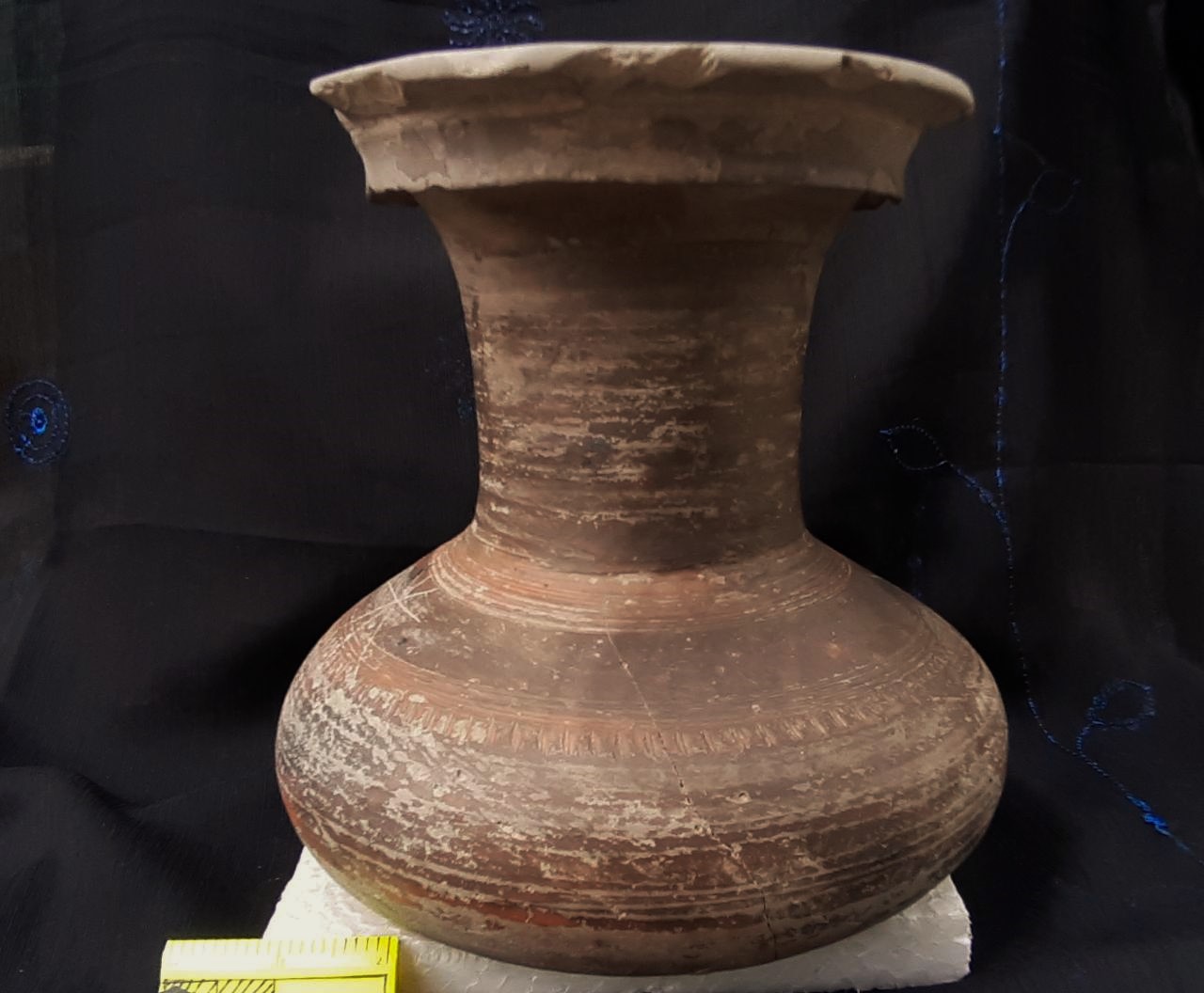
The collected artifacts are conserved for research and academic purposes. Many scholars and academicians from various Universities, archeologists, the Asiatic Society delegates and officials of the State Archeological Department visited this museum and appreciated their endeavour. Interestingly, the villagers didn’t excavate. They collected the items when things surfaced during construction work or hoeing ponds or mudslides after the rains.
Unfortunately, the ‘scientific excavation’ of this area hasn’t been conducted till date. The area isn’t declared a protected site despite the Debagram Debalraja Puratattwa O Loksanskriti Sangha informing the Archaeological Survey of India Kolkata Circle, Nadia District Administration, the Asiatic Society and the State Archeology Department.
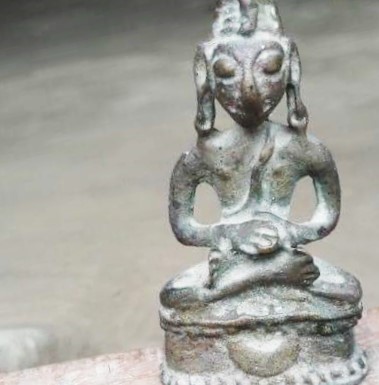
Conservator, Directorate of Archeology and Museum, West Bengal, Dilip Duttagupta says, “We are aware of the fact that for the last many years several antiquities relics have been discovered. It proves that this region had an ancient civilisation. We don’t have any second opinion on that and even some historians and academicians have confirmed it.”
Asked about scientific excavation, Duttagupta says that the radius of Debalgarh region is wide. “A trial version of excavation is required to get the precise dates to determine when this civilisation existed? How long did it last? How did it get lost? So, for all these queries a thorough excavation is necessary, even if it is on a smaller scale,” admits Duttagupta. However, Dr Majumder says that excavation isn’t easy when residential structures already exist.
“A scientific excavation could have restored the lost history of a great civilisation from complete extinction,” concludes Dr Roy.
(Edited by Yoshita Rao)
If you found our stories insightful, informative, or even just enjoyable, we invite you to consider making a voluntary payment to support the work we do at The Better India. Your contribution helps us continue producing quality content that educates, inspires, and drives positive change.
Choose one of the payment options below for your contribution-
By paying for the stories you value, you directly contribute to sustaining our efforts focused on making a difference in the world. Together, let’s ensure that impactful stories continue to be told and shared, enriching lives and communities alike.
Thank you for your support. Here are some frequently asked questions you might find helpful to know why you are contributing?


This story made me
-
97
-
121
-
89
-
167











